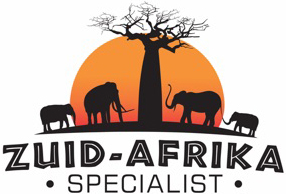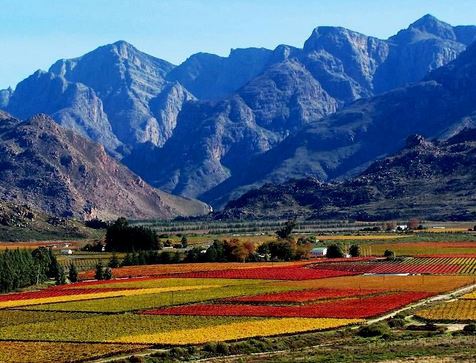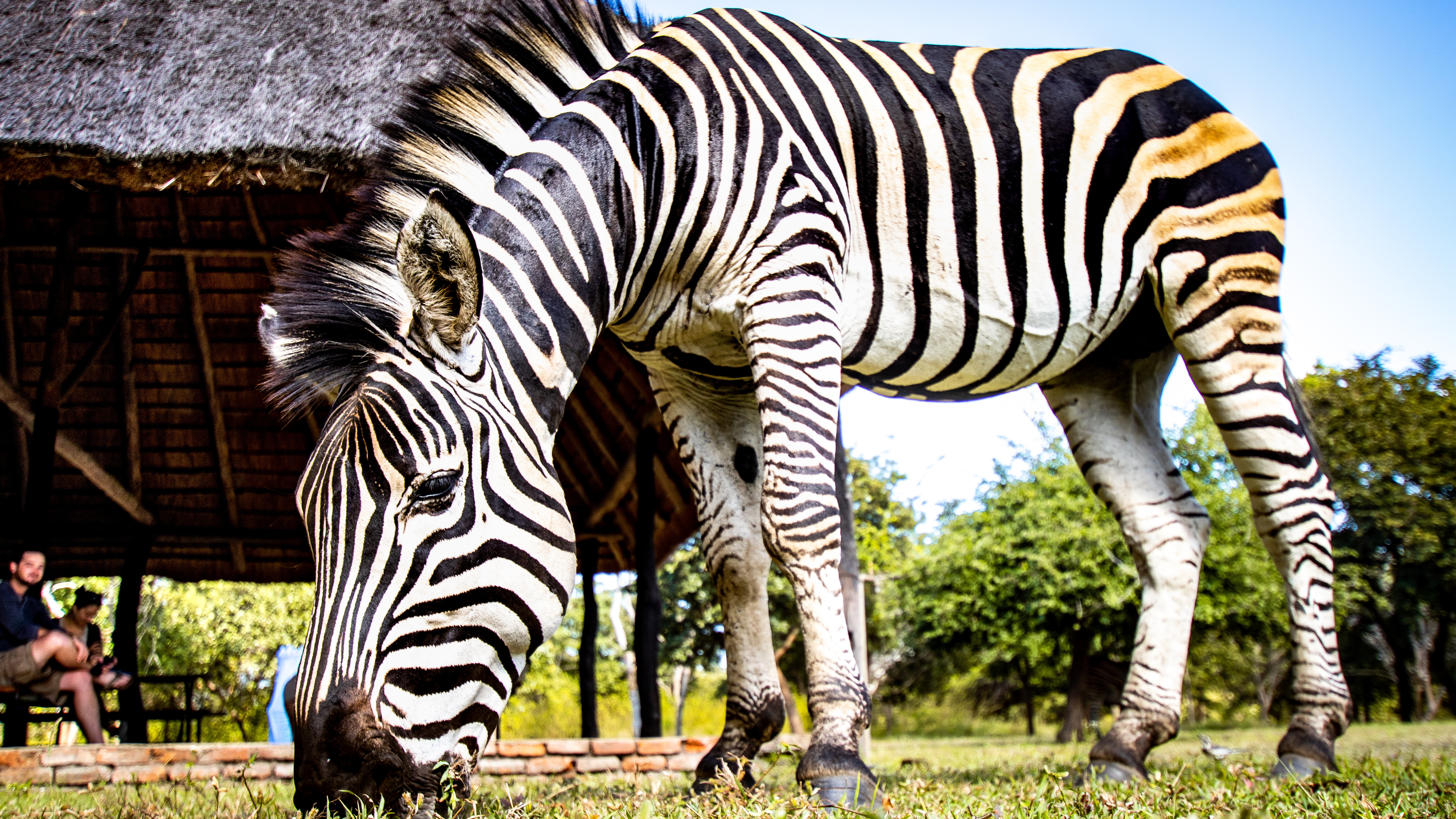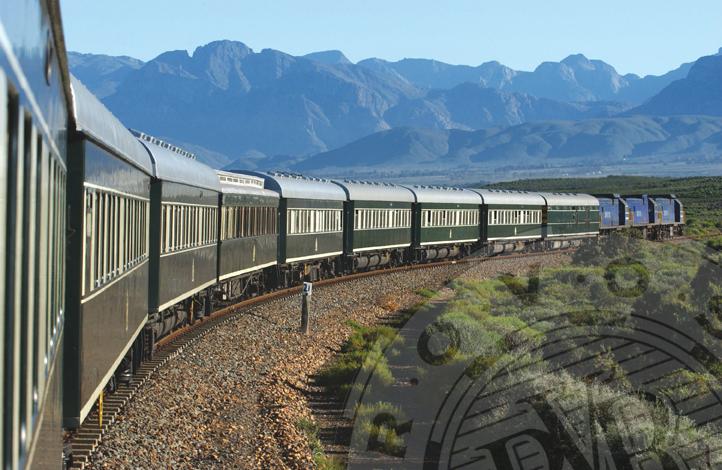Flora
South Africa has very verified plant growing due to the large climate differences. Tro pical palm species
pical palm species
The Fynbos region
The fynbos region in the southwest of the country has a very impressive plant world to offer, because here thousands of species grow that can only be found in South Africa. It is not for nothing that this area proudly bears the title “Florarijk”, of which a total of six can be found on the world map. In a florid rich, plant growth differs greatly from species found in other areas. In this fynbos region or the Cape vegetable kingdom, the “pride of Table Mountain” adorns the area: “the red disa”. This red disa is probably the most impressive of the approximately 100 disa species in South Africa. Despite its name, the flower can also turn pink or orange. If you find a yellow one, it is rare
copy. This flower can be found along crevasses and waterfalls and grows all over the Western Cape.
The giant protea is in the florida kingdom what the lion is in the fauna kingdom. This royal flower is impressive due to its size (30 centimeters in diameter) and striking colors. Not for nothing is this giant protea the national flower of South Africa. A very special appearance is his brother, who lives higher up: the snow protea. This protea lives its lonely existence on the highest peaks of the Cedar Mountains. Completely in bloom, the flower looks like a large open mouth with teeth and a red inside. The pollen has a diameter of no less than two meters and the flower buds look like snowballs. It is not without reason that the scientific name of this flora species means; “Likes the cold.”
Half-desert
North of the colorful fynbos region begins an area that due to its greenery can hardly be called a real desert. This half-desert consists of the Kleine Karoo and the Grote Karoo behind it. The area has a wild vegetation because the desert is very old and the flora has long had time to get used to the climate. The Karoo colors up especially after a heavy rain shower. Different types of succulents, such as euphorbias, then show their faces. A walk through the war gorge is beautiful because of its canyons and mountain fynbos.
In Namaqualand we find a number of Stapelia-like ones. This includes a number of species that are reminiscent of a cactus. Only a number of remarkable flowers grow out and they spread a considerable stench to attract flies.
If you are hungry and encounter the “hoodia” you are lucky. You can chew on this plant so that the hunger disappears .. During low trekking bushmen already used it. At this moment a medicine is being developed from this plant that helps against obesity!
Tree species
There is a lot of subtropical forest close to East London, including many palm species, wild bananas and mangroves. The periwinkle is

despite its
innocent name a toxic species. Near Port Elizabeth we find forests with towering “yellow trees” and age-old tree species.
With the baobab or monkey bread tree, it seems as if it has been planted upside down, because the wild branches seem to protrude into the air like roots. Eccentrics are often rare, as is the Baobab, which only occurs in some parts of the Limpopo province. In addition to the enormous dimensions of the trunk, the lifespan of some baobabs is even more impressive; some of these “old hands” were already there long before the era began.
A remarkable tree is still growing in the western desert areas of South Africa. Of all extinct specimens, one was spared: the “Welwitschia mirabilis”. This tree also looks like a giant root that has been pulled out of the ground with leaves that seem to crawl over the ground.
Add to my travel plans



